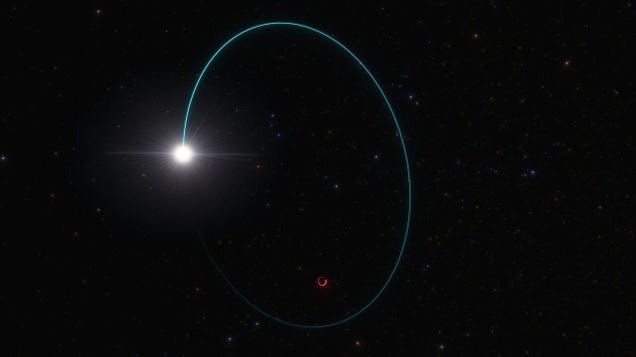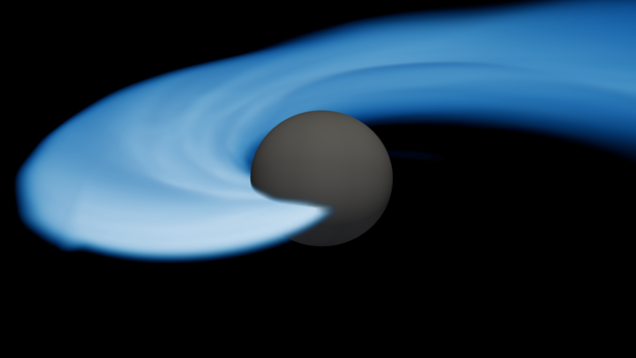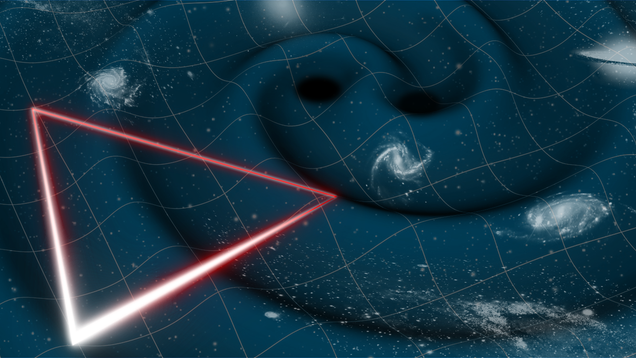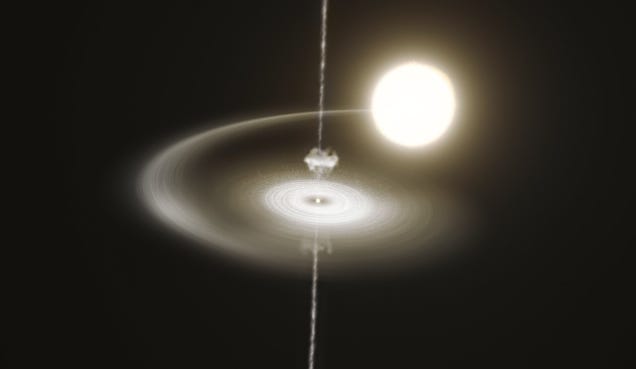
The supermassive black hole at the center of our galaxy is the undisputed heavyweight champion of the Milky Way, but a newly spotted object takes the crown for the most massive stellar black hole known in our galaxy, weighing in at an impressive 33 times the mass of our Sun.



